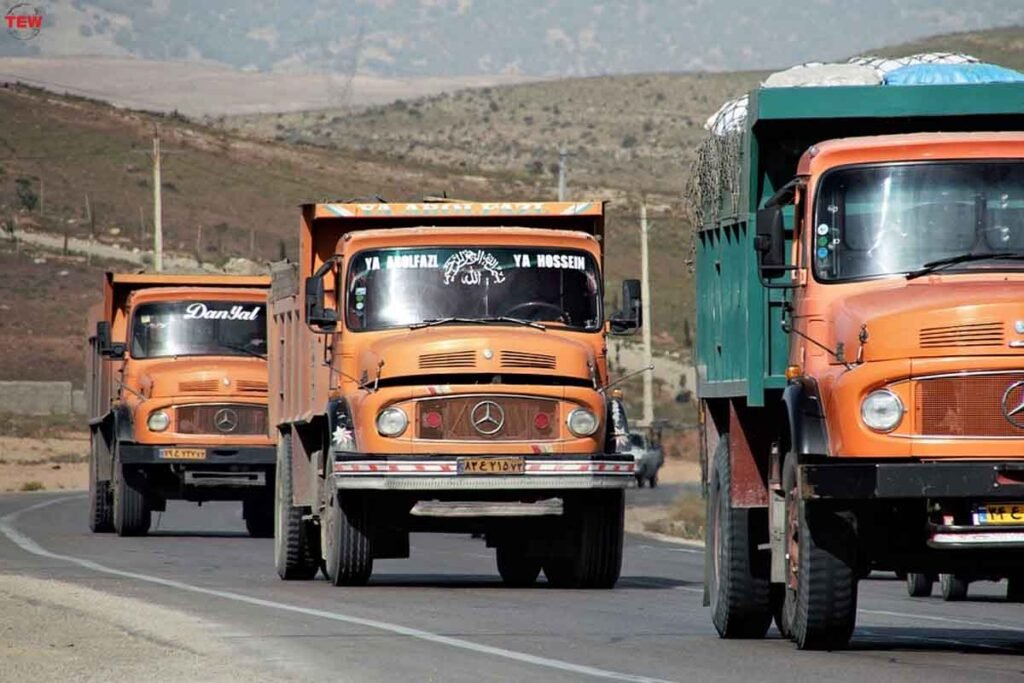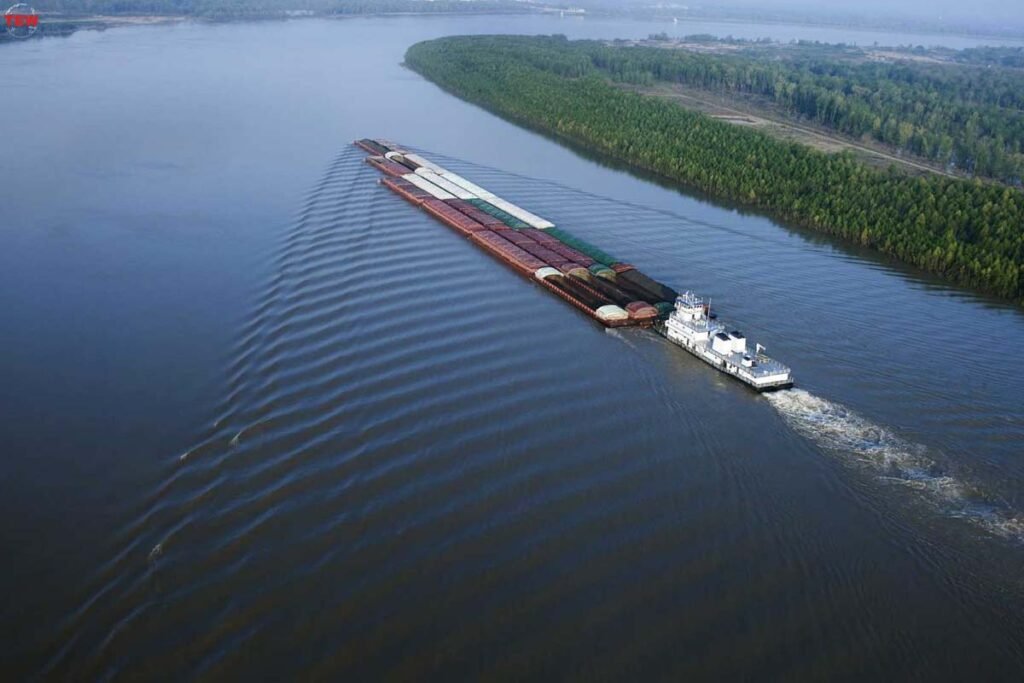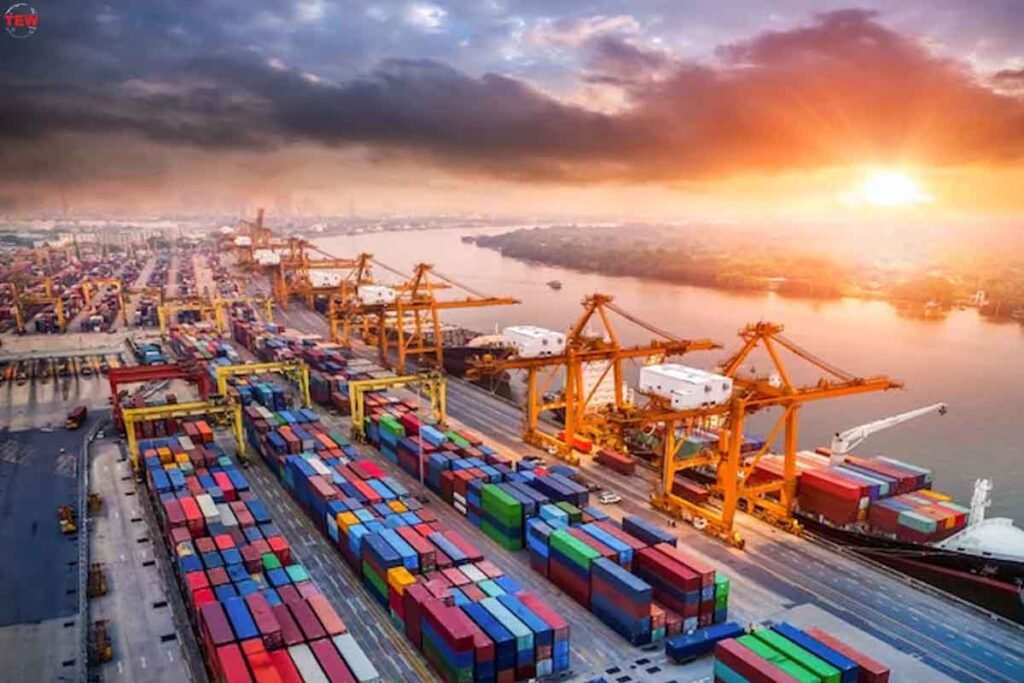Soybean Transportation production has seen a tremendous increase worldwide, with the US alone having a significant percentage of the world’s output. As of 2012 and 2013, the US accounts for about 90% of the world’s soybean production and ranks as the largest soybean exporter.
Originally grown in China and parts of Asia, soybean cultivation has spread to many countries worldwide, with some countries becoming involved in producing or exporting their products.
Due to the increase in demand for soybean, especially among developing countries, soybean transportation has become a critical aspect of the supply chain.
As with all agricultural commodities, international soy farmers depend on transportation to convey their products to the rest of the world. International US soy customers can now source sustainable ingredients due to the improved transportation systems.
Soybean transportation has its unique system and can be classified into several categories, such as road, rail, water, air, etc.
This article will discuss some facts you need to know about soybean transportation in great detail ;
Fact # 1: Soybean Transportation Products Can be Moved By Truck
Although the US is the primary producer of soybeans, they are also great consumers. With domestic consumption of soy products rising annually, farmers need to convey their commodities to local markets.
Soy farmers depend on trucks to transport their products from the fields to the crushing facilities and markets. Even products for export will first be conveyed by truck to either rail or barge for final departure to the designated place.
Trucking, as with other road transport, is a convenient and cost-effective means of conveying commodities to local markets or any destination within a particular geographical area. It is much cheaper and quicker to transport soybean products by road within the locality.

Reports show that the US exports about 45 percent of its soybean production to other countries. Soybean producers must transport their goods to export terminals and barges.
Rail transportation is one of the most convenient means of transporting soybean products to consumers and export terminals. For example, most of the largest growing soybean states are in the midwestern states of the US.
Products move from the growing sites to crushing facilities or for export because rail loading can convey large quantities of soybean products. Products can also be transported by train to ports for shipment abroad.
Fact # 2: Soybean Transportation Products Can Be Moved By Barge
Ocean vessels can conveniently convey a larger amount of soybean products for export. Most export products are ferried through barges. Global soybean production enjoys sea transportation to move products around the world.
For example, China is one of the largest importers of US soybean products. Products going to China from the US depend on sea-going vessels for transportation. Though it takes a longer time to transport soybean products by water, it’s undoubtedly the best option for export.

Shipment of soybeans to other countries of the world goes through water channels. The rise in demand and consumption of soybean products worldwide has caused an increase in the shipment of the commodity.
Fact # 3: An Effective and Efficient Transportation is Essential
The movement of soybeans products from the field to the market, crushing site, and export terminal depend essentially on the transportation system available in the country.
An efficient transportation network will enhance products’ quick and effective movement from one region to the other. It will also help to maintain the competitiveness of soybean growers worldwide. Efficient transportation is key to a sustainable and profitable global soybean trade.
Fact # 4: Government Policies Affect Transportation
Government policies on import and export vary from countries. Some countries’ policies favor imports, while others may restrict imports. For example, China’s domestic and trade policy on soybean favors high demand and encourages imports.

In the same vein, some governments may lower tariffs on soybean imports to enable growers to increase soybean production. Border restrictions, high tariffs, etc., can negatively impact soybean transportation.
Fact # 5: Major Importers of Soybean Transportation
The United States of America is the world’s leading producer of soybean. Others are Brazil and Argentina, which have lower production costs.
Most US and South American exports find their way to China – the leading soybean importer. Japan, Indonesia, Egypt, and some other developing countries are some of the major importers of soybean.
Facts # 6: Hindrances to Global Soybean Transportation
1. Poor Road Network
Soybean farmers often face transportation and infrastructural challenges. Some of the issues affecting soybean transportation, especially among developing countries, include the quality of their rural roads.
Most developing countries have poorly designed road networks, making smooth transportation difficult.
2. High Cost of Transportation
The poor quality of roads, rails, and water transport affects the overall cost of production, making soybean products expensive.

Receiving countries can develop road networks to make soybean products affordable to the commoner.
3. Weather
It takes days, weeks, and sometimes months to deliver soybean to the destination of choice. This depends on the distance between the field and the market.
Products going to local markets, and crushing sites, may take hours. Products going on export can take weeks or more. However, bad weather conditions can hamper the timely delivery of export products.
Know More on How to Reduce Transportation and Delivery Costs in Your Small Business
Conclusion
As soybean production continues to grow globally, transportation will continue to impact the economy of the importing countries. Without efficient transportation systems worldwide, the soybean market may not be profitable to growers. Governments worldwide should allow import-friendly policies to enhance the exportation/importation of soybean products.





